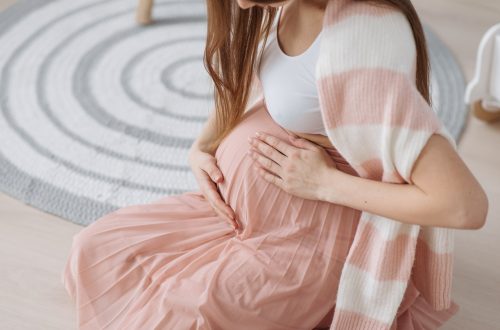There are many health problems that a woman can get throughout her life that can make her unhappy, stressed, and more. One of the common ones is female reproductive disorders. It is important to be aware of these because they can affect your mental health as well as your physical health. Read this blog article to learn more about some common female reproductive disorders that you might not know about!
Table of Contents
OvarianFunctional Disorder
Although it is not a disease, ovarian dysfunction can be caused by hormonal imbalances. Common causes of this dysfunction are polycystic ovary syndrome and PCOS, which can lead to irregular periods, infertility and pelvic pain.
The Big Picture of Female Reproductive Disorders
Female reproductive disorders are usually the result of an imbalance in hormone levels. Some disorders, like premature ovarian failure, can be caused by genetic mutations. Other disorders, like PCOS or endometriosis, can also be due to a genetic mutation.
F2
F2. Insulin Resistance
F2. Polycystic Ovarian Syndrome
F3. PCOS Symptoms
F4. Cause of PCOS
F5. PCOS Treatment
PCOS and Polycystic Ovary Syndrome
PCOS is defined as a set of symptoms such as irregular periods, excess facial and body hair, acne and tender breasts. Symptoms can vary in severity. Polycystic Ovary Syndrome is the most common endocrine disorder in women with PCOS. It affects about 10% of all women who have PCOS but it’s not just limited to that group.
Hyperstimulation Syndrome
Hyperstimulation Syndrome is characterized by irregular, painful, and frequent periods that can last for years. It usually occurs in women who have given birth to one or more children and often times it happens after the first pregnancy. Hyperstimulation Syndrome can also be a symptom of a larger problem such as PCOS (polycystic ovary syndrome) or endometriosis.
Uterine Fibroids
Uterine fibroids, also known as leiomyomas, are one of the most common female gynecological disorders. The uterine fibroids are non-cancerous tumors that can affect women of any age and race. Fibroid tumors typically form in the uterus’s lining and muscles surrounding the uterus. Because these tumors are benign, they don’t usually cause much pain or discomfort to their host or disrupt her menstrual cycle.
Chronic Pelvic Pain Syndrome
Pelvic pain is often referred to as a deep, persistent ache or discomfort in the pelvic region, typically in the lower abdomen, side, back, or front. The most common symptoms include:
- Persistent or intermittent pelvic pain that may radiate to the lower back and thighs
- Pain during intercourse
- Painful periods or ovulation
- Urinary frequency or urgency
- Difficulty emptying the bladder or bowels
- Lower abdominal pressure and discomfort
- Increased discomfort during long periods of sitting or standing
These symptoms can significantly impact the quality of life, making daily activities and personal relationships challenging. Understanding and treating pelvic pain requires a specialized approach.
For those experiencing these symptoms, seeking help from a professional who specializes in pelvic health can be a crucial step towards recovery. Women’s pelvic health physiotherapy services offer comprehensive assessments and tailored treatment plans designed to address the unique needs of individuals suffering from pelvic pain. By focusing on the underlying causes of pain, women’s pelvic health physiotherapists work to alleviate symptoms, improve pelvic floor function, and enhance overall wellbeing.
Chronic Adhesions and Endometriosis
Endometriosis affects 7-10% of women and is one of the most common causes of pelvic pain. It generally begins during adolescence. The abnormally placed tissue that lines the uterus, ovaries, and fallopian tubes can grow in response to hormonal changes during a woman’s menstrual cycle. This growth typically creates adhesions around the organs which can cause painful symptoms including cramps, chronic pain, or even infertility.



